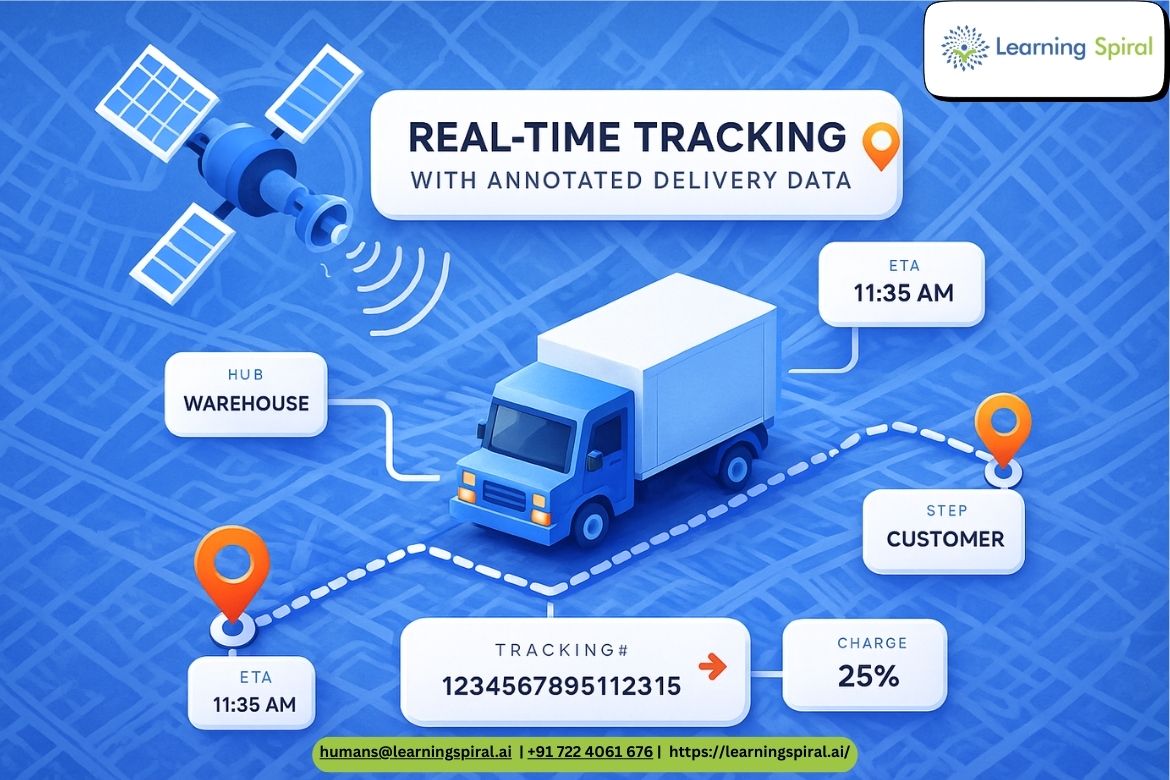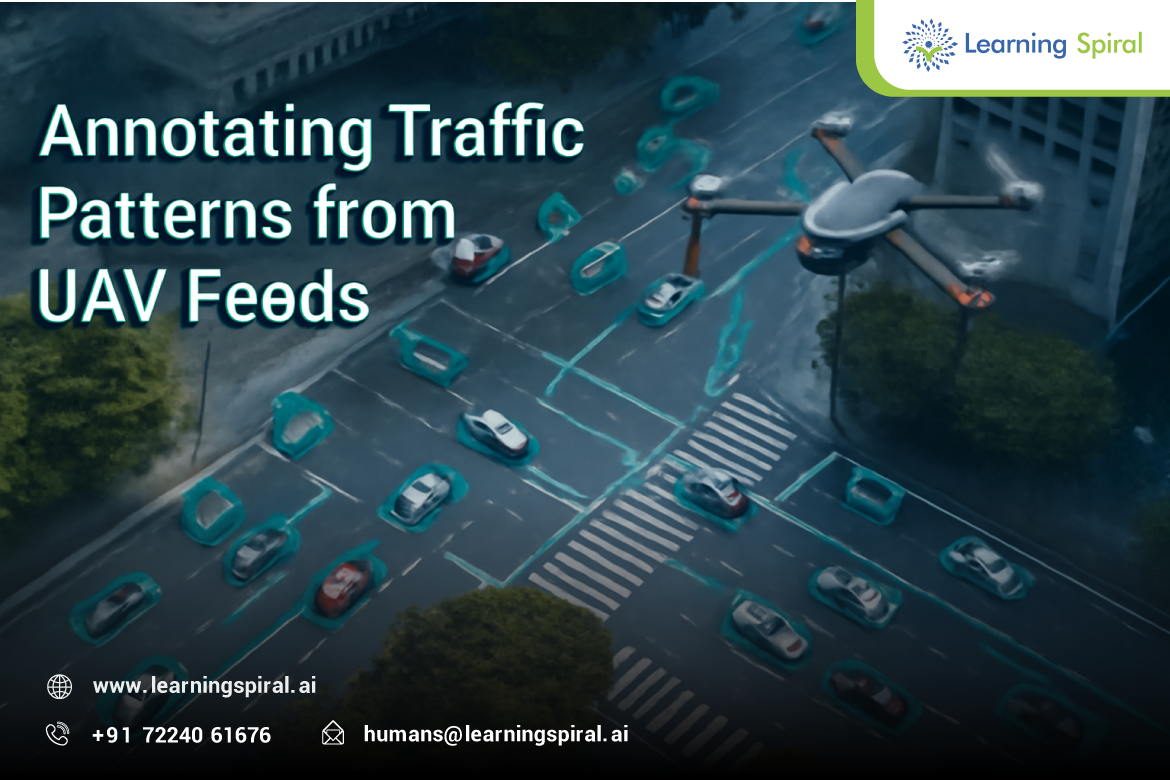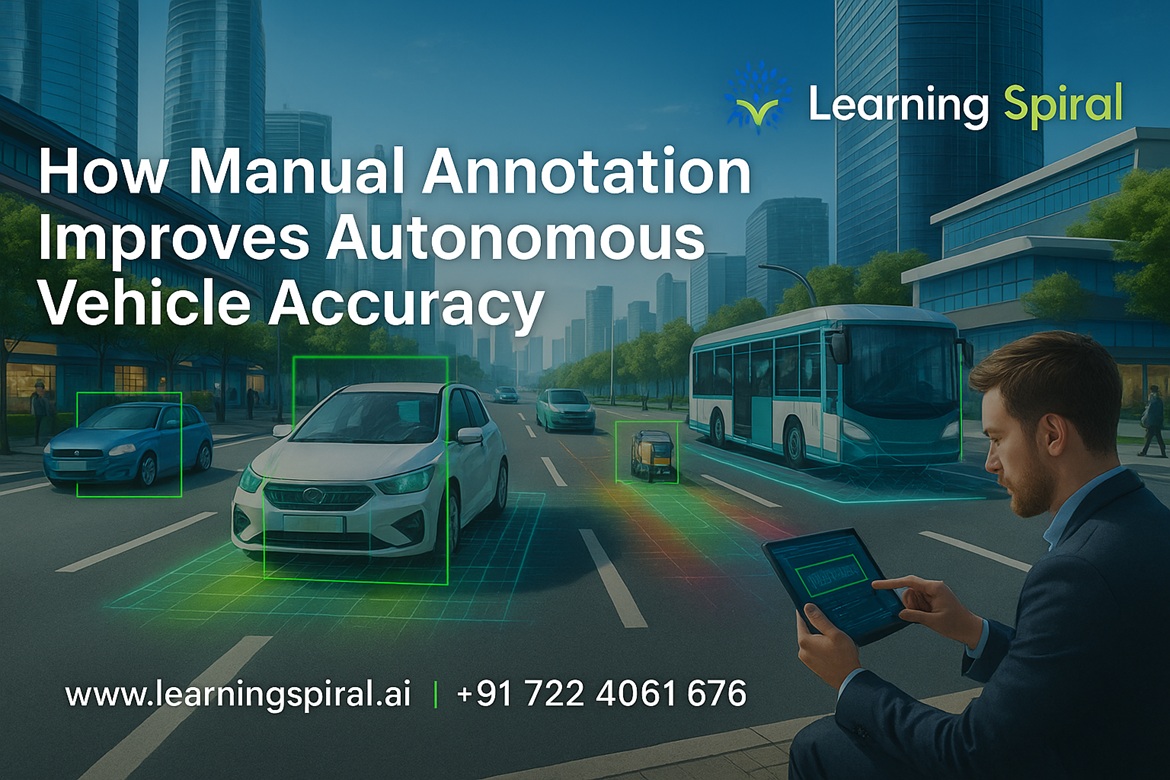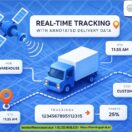Real-time tracking supported by annotated delivery data is becoming a core requirement for AI projects that depend on reliable training datasets. As AI adoption rises across universities, research institutes, and enterprise teams, the need for precise, time-aligned, and context-rich delivery information grows. Clean data is not enough. Teams also need confidence that the delivery pipeline itself is transparent, auditable, and supported by metadata that helps models learn faster.
This article explores how real-time tracking pairs with annotated delivery data to strengthen machine learning workflows and improve AI model accuracy. You will also see how data labeling partners like Learning Spiral AI help research teams manage data quality through consistent annotation standards.
Why Real-Time Tracking Matters for AI Projects
Machine learning models perform well only when the underlying datasets are complete, consistent, and delivered on time. Delays or missing batches interrupt experiments, slow model iteration, and raise project costs. Real-time tracking helps prevent these issues.
Here is why research and AI-driven teams rely on it:
-
It gives full visibility into data batches moving through the pipeline.
-
It improves coordination between data providers, reviewers, and model training teams.
-
It helps catch delivery issues early so teams avoid long downtimes.
-
It creates stronger documentation for compliance and reproducibility.
In academic research, timing often affects the entire validation cycle. In industry, production AI systems depend on regular updates to keep models fresh. Real-time tracking ensures these cycles stay predictable.
What Annotated Delivery Data Means
Annotated delivery data goes beyond simple timestamps. It adds context, structure, and quality indicators to each delivery event. Think of it as enriched metadata aligned with every drop of training data.
This may include:
-
Source details
-
Data type specification (image, video, text, audio)
-
Annotation format and version
-
Quality control status
-
Review history
-
Sampling information
-
Notes from labeling teams
With detailed annotations, teams can trace exactly how and when each dataset was created, labeled, validated, and shipped. This helps researchers maintain cleaner records and gives machine learning engineers confidence about dataset integrity.
How Real-Time Tracking and Annotated Delivery Data Strengthen AI Training Workflows
Bringing these two pieces together builds a consistent feedback loop. Here is how they work as a combined system.
1. Faster model iteration
When teams know exactly when each dataset will arrive, they plan experiments more efficiently. Real-time tracking reduces the idle time that often slows down machine learning research.
2. Clearer dataset lineage
Annotated delivery data provides a complete picture of dataset history. This makes it easier to explain results, rerun experiments, or compare model versions.
3. Better collaboration
Teams handling data collection, data annotation, and model development often work remotely. Structured tracking helps keep these groups aligned.
4. Stronger quality control
Annotations tied to each delivery help reviewers identify issues before the data enters the training pipeline. This improves dataset reliability.
5. Transparency for compliance
Universities and institutes working with sensitive or regulated data need detailed documentation. Delivery annotations support audit readiness and ethical standards.
Real-Time Tracking in Data Annotation Projects
Data annotation projects often involve thousands of assets moving across multiple tools and workflows. Real-time tracking is especially valuable when dealing with:
-
High-volume image and video annotation
-
Time-sensitive datasets for autonomous systems
-
NLP datasets that require multiple review passes
-
Multimodal datasets where timing alignment matters
-
Long-term research collaborations between institutions
A clear tracking system reduces confusion and helps teams meet deadlines without sacrificing accuracy.
How Annotated Delivery Data Improves AI Model Accuracy
Training data is the core driver of model performance. When labels are inconsistent or delivery metadata is incomplete, models struggle to learn.
Annotated delivery data improves accuracy by:
-
Highlighting variations across batches
-
Revealing differences in labeling styles across annotators
-
Supporting balanced dataset sampling
-
Providing context for edge cases
-
Helping ML engineers troubleshoot unexpected model behavior
Better metadata leads to stronger insights. Stronger insights lead to more accurate machine learning outcomes.
Applications Across Universities and Research Institutes
Universities and research centers depend on high-quality data to support experiments, publications, and student projects. Real-time tracking with annotated delivery data offers advantages in areas such as:
-
Robotics and autonomous systems
-
Computer vision research
-
NLP model training
-
Social data analysis
-
Medical imaging studies
-
Environmental monitoring
These projects often span several months or years. Having a reliable delivery and annotation structure helps ensure that results remain reproducible.
The Role of a Data Labeling Partner
A dedicated data annotation partner like Learning Spiral AI can support teams by handling the full workflow, including:
-
Image, video, text, and audio annotation
-
High-volume data labeling services
-
Custom quality pipelines
-
Time-synced metadata logs
-
Real-time delivery dashboards
-
End-to-end project communication
This lets engineers and researchers focus on model development while knowing that the data pipeline is strong, transparent, and well documented.
Best Practices for Using Real-Time and Annotated Delivery Data
To get the most value, teams should follow a few foundational practices.
1. Align delivery metadata with model goals
Define the annotation fields that matter for your project.
2. Use a unified tracking dashboard
Centralize communication so all stakeholders share the same visibility.
3. Validate batches as they arrive
Quick review prevents later bottlenecks.
4. Keep annotation guidelines updated
Better guidelines result in better metadata and higher accuracy.
5. Maintain a clear version control process
This helps researchers compare datasets across experiments.
Why This Matters for the Future of AI
As AI systems become more dynamic, they will rely on continuous data updates. Real-time tracking and annotated delivery data set the foundation for scalable training processes suited for the next generation of AI research.
Research teams that adopt these methods now will see long-term gains in speed, accuracy, and reproducibility.
If you want to strengthen your data workflows or need expert annotation support, connect with Learning Spiral AI to explore tailored solutions.






